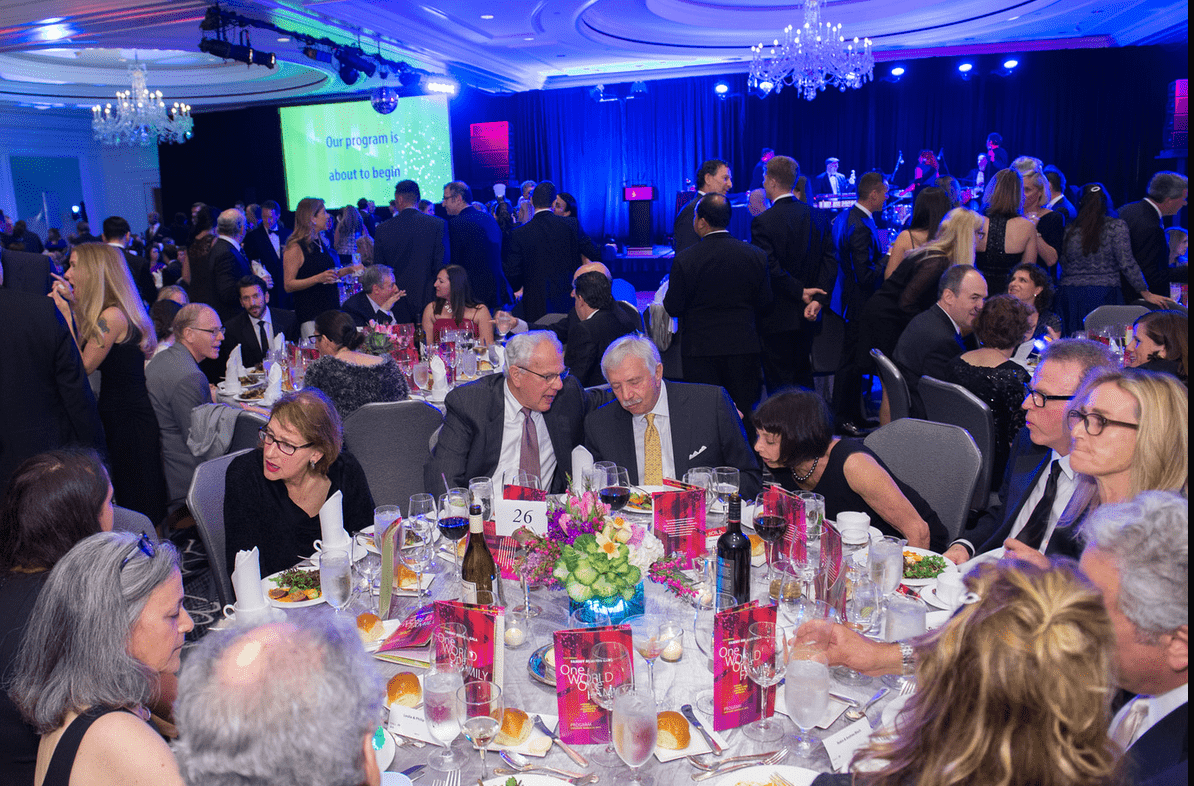 The modern model is more like a vortex — an energized circle where everyone is equal. People move in and out as needed, and your job is to keep the energy flowing.
The modern model is more like a vortex — an energized circle where everyone is equal. People move in and out as needed, and your job is to keep the energy flowing.
NOTE: My article on the topic of moving away from the donor pyramid model for donor acquisition, cultivation and major gift solicitation recently resurfaced on social media dialogue, so I thought it was time for a reprint.
Why do we always think of donors with pyramids? The pyramids were built in Egypt. On the backs of slaves. It took a very, very long time. The cost, in human terms, was untenable and unsustainable.
That’s why you don’t see many pyramids being built these days.
Except in nonprofits, where building the donor pyramid is still the holy grail. Get ’em in. Move ’em up. Acquire through direct mail. Convert to monthly donor or sustainer. Acquire through events. Convert to mail. Up, up, up … to the pinnacle of major and planned gifts!
Except for one tiny thing.
It doesn’t work.
Pyramid building is so 2630 BCE. Nobody’s got 100,000 workers (aka direct-mail donors) building a solid pyramid anymore. Many so-called pyramids really look like hourglasses. Or upside-down pyramids. Or plateaus. Even the pyramid-shaped ones are resting on shaky foundations of donors who move in and out, in and out — eight out of 10 newly acquired bottom-of-the-pyramid donors leave — making the “foundation” more like a river than a solid, secure slab of mortar. The days of the donor pyramid model are gone!
Digital toppled the donor pyramid. Actually, it crumbled it … slowly, surely … until there was nothing left but an empty frame. A triangle on paper. The donors no longer fit inside of it.
R.I.P. donor pyramid. You had a good run.
The donor pyramid (sometimes call the donor ladder) was a great model for linear thinkers like me. It was neat and orderly. Engage folks from the bottom up, level by level, one step at a time. It was stable.
Or so we thought,
Details
 Today a friend, who serves on the board of a struggling local arts organization, asked me what they can do to increase their fundraising. I asked her a few questions; then answered simply: “Have more conversations with people; make more friends.”
Today a friend, who serves on the board of a struggling local arts organization, asked me what they can do to increase their fundraising. I asked her a few questions; then answered simply: “Have more conversations with people; make more friends.”

 For good things once a year is not enough. Why do so many of us only eat turkey once a year?
For good things once a year is not enough. Why do so many of us only eat turkey once a year? 
 In 2018, WSJ columnist Christopher Mims observed:
In 2018, WSJ columnist Christopher Mims observed:


 What I have for you is something you can do this week (or you can pick another week on your calendar that isn’t already overfilled with appointments, assignments, meetings and what-not). It’s really simple and really powerful. There’s one catch: you have to put aside 45 minutes/day for five days. If you’re resistant to change, read no further. This post isn’t for you. If, however, you have a hunch you might be able to move from good to great, then… read on (oh, and there’s a little bonus ‘gift’ at the end).
What I have for you is something you can do this week (or you can pick another week on your calendar that isn’t already overfilled with appointments, assignments, meetings and what-not). It’s really simple and really powerful. There’s one catch: you have to put aside 45 minutes/day for five days. If you’re resistant to change, read no further. This post isn’t for you. If, however, you have a hunch you might be able to move from good to great, then… read on (oh, and there’s a little bonus ‘gift’ at the end).


 The modern model is more like a vortex — an energized circle where everyone is equal. People move in and out as needed, and your job is to keep the energy flowing.
The modern model is more like a vortex — an energized circle where everyone is equal. People move in and out as needed, and your job is to keep the energy flowing.

 Giving is an emotional experience. It deserves an emotional response.
Giving is an emotional experience. It deserves an emotional response.